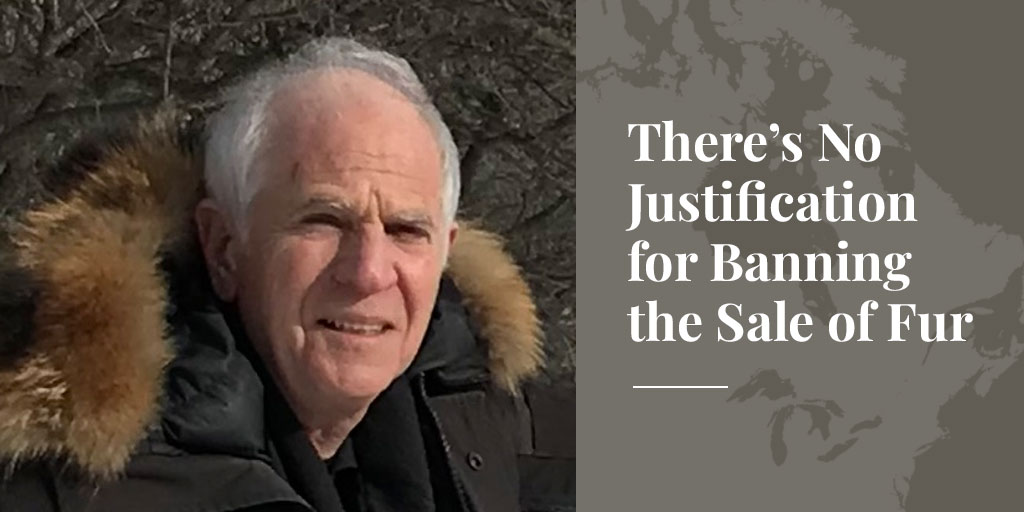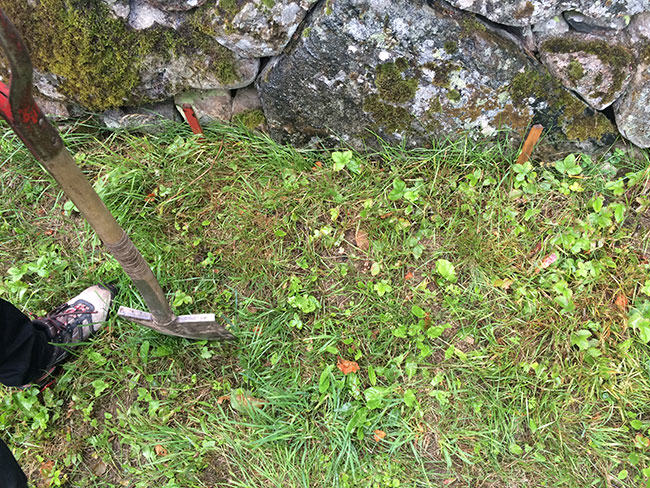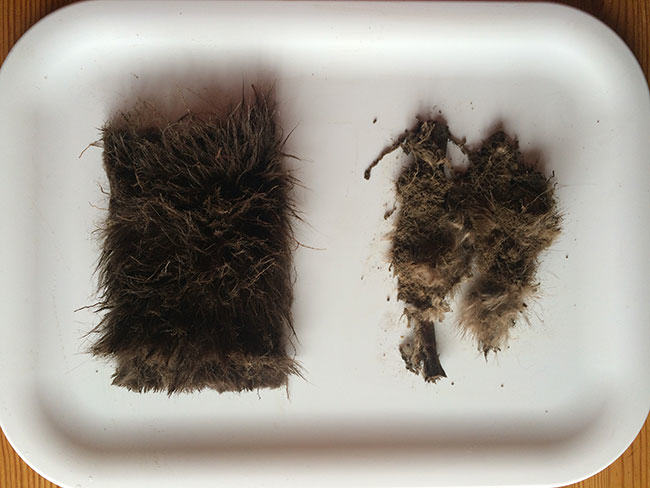There’s No Justification for Banning the Sale of Fur
by Alan Herscovici, Senior Researcher, Truth About FurThe following essay appeared recently in the Toronto Star (Canada’s largest circulation newspaper), as the pro-fur side of a debate…
Read More

The following essay appeared recently in the Toronto Star (Canada’s largest circulation newspaper), as the pro-fur side of a debate on whether banning the sale of fur apparel and accessories is justifiable.
If we look at facts, those of us who care about the environment, ethical lifestyles, and social justice should promote natural fur, not seek to ban it. Let's review some of the reasons why wearing fur makes sense for anyone wishing to embrace a sustainable and responsible way of living.
Fur today is produced responsibly and sustainably. Only abundant furs are used, never endangered species. This is assured by provincial/state, federal and international regulations.
In the wild, most species produce more offspring than their habitat can support to maturity. Animals that don’t make it feed others, and we too can use part of this natural surplus. This is an excellent example of “the sustainable use of renewable natural resources”, a cornerstone of the World Conservation Strategy.
There is little waste. Many fur animals – especially beavers and muskrats -- provide food for trappers and their families. Others are returned to the woods to feed birds, mice, and other animals. And because fur is “prime” in late Fall/Winter when the young of the year are already autonomous, activist claims that coyotes or other animals leave behind “starving pups” are nonsense.
Many furbearers would be culled even if we didn’t use fur. Overpopulated beavers flood property. Coyotes are top predators of lambs, calves and, increasingly, pets. Raccoons and foxes spread rabies and other diseases ... the list goes on. But if we must cull some of these animals to maintain a balance, surely it is more ethical to use the fur than to throw it away?
SEE ALSO: Reasons we trap. Truth About Fur website.
Trappers take animal-welfare responsibilities very seriously: Canada is the world leader in humane trapping research, and traps are certified to conform with the Agreement on International Humane Trapping Standards. Trapping is also strictly regulated in the US, under state “Best Practices” provisions.
SEE ALSO: Neal Jotham: A life dedicated to humane trapping.
Fur farmers – producing more than half the fur in North America -- follow codes of practice to ensure their animals receive excellent nutrition and care. Farms are certified to confirm that codes are followed, and farmers may be charged for animal cruelty if they are not. In any case, providing proper care is the only way to produce high-quality fur.
SEE ALSO: Calling PETA: US fur farming is strictly regulated.
Farmed mink recycle left-overs from our own food production – parts of cows, chickens and fish that we don’t eat and might otherwise clog landfills. Manure, straw bedding, and other farm wastes are composted to produce high-quality organic fertilizer, completing the agricultural nutrient cycle.
In contrast to mass-produced “fast fashion”, each fur garment or accessory is crafted individually by artisans, maintaining skills passed from father to son or daughter. Furs are preserved (“dressed”) using alum salts, lanolin, and other benign chemicals; the activist claim that “a World Bank report cited fur dressing as polluting” is simply not true. Furthermore, furs come in a wide range of natural colours, minimizing the need for dyes.
Fur is long-lasting, recyclable, and after decades of service can be thrown into the garden compost. Compare that with fake fur and other synthetics: generally made from petrochemicals, they are not biodegradable and leach micro-particles of plastic into our waterways when washed -- plastics that are now being found in marine life. Cruelty-free indeed!
SEE ALSO: The great fur burial. Truth About Fur proves that fur biodegrades.
Fur, however, is the activists’ designated scapegoat. Perhaps because fur is often associated with glamour and wealth? But most fur producers are not wealthy or glamorous. The ugly lies parroted by anti-fur activists are all the more odious because they attack the integrity and livelihoods of hard-working farm families; of First Nations and other trappers who are among the last people maintaining our North American land-based heritage; and of artisans producing warm and durable clothing with responsibly produced natural materials.
There is little public discussion of how insulting and hurtful activist lies are for the people involved. Living far from media centres, their voices are rarely heard. TruthAboutFur.com was created to help bridge that gap.
No one is obliged to wear fur, but each of us should have the right to make this decision for ourselves. Especially because animal activists now oppose any use of animals. The same misleading and insulting arguments and tactics used against fur are now being mustered against wearing leather, silk and wool; against eating meat or dairy products. Shall all these products be banned as well?
Each of us can decide where we draw the line, these are personal choices. But if you believe it’s ethical to use animal products that are produced responsibly and sustainably, you can wear fur with pride.
***
To learn more about donating to Truth About Fur, click here.
















